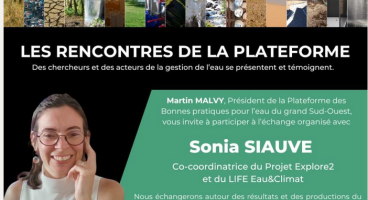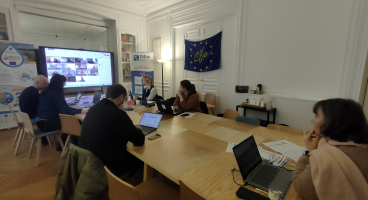ACTION C2 : MOBILISATION OF LOCAL STAKEHOLDERS, ANALYSIS OF PRACTICES AND RECOMMENDATIONS
The objective is to analyse the mobilisation practices of the stakeholders in order to establish recommendations on the actions to be undertaken according to the aims and the public.
The lead partner for this action is OiEau.
C2.1 - Analysis of recent stakeholder mobilisation initiatives
The aim will be to carry out an in-depth analysis of recent experiences of organising local stakeholder mobilisation initiatives, within or outside the partnership, in order to extract recommendations and guidelines. OiEau will carry out the analysis on the basis of a bibliographical study and interviews with beneficiaries. An analysis of the partners' demonstration actions will complete this work, to elaborate recommendations, which will be discussed and validated with the beneficiaries.
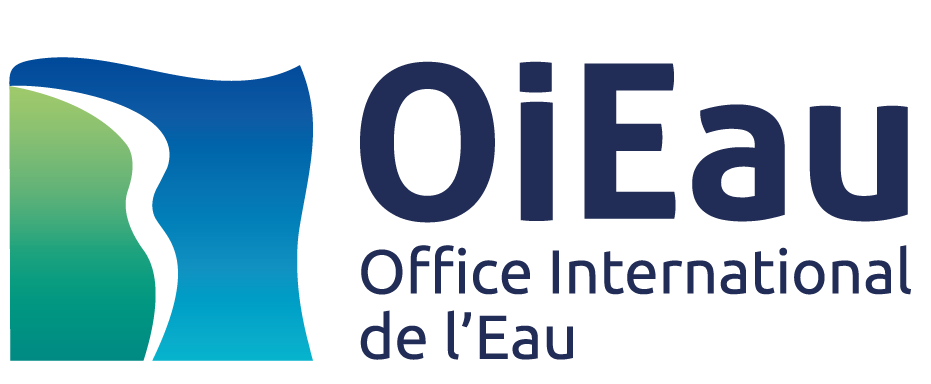
C2.2 - Demonstration and validation of recommendations
Several demonstrators will be deployed to test the recommendations and new mobilisation practices on the field with local stakeholders:
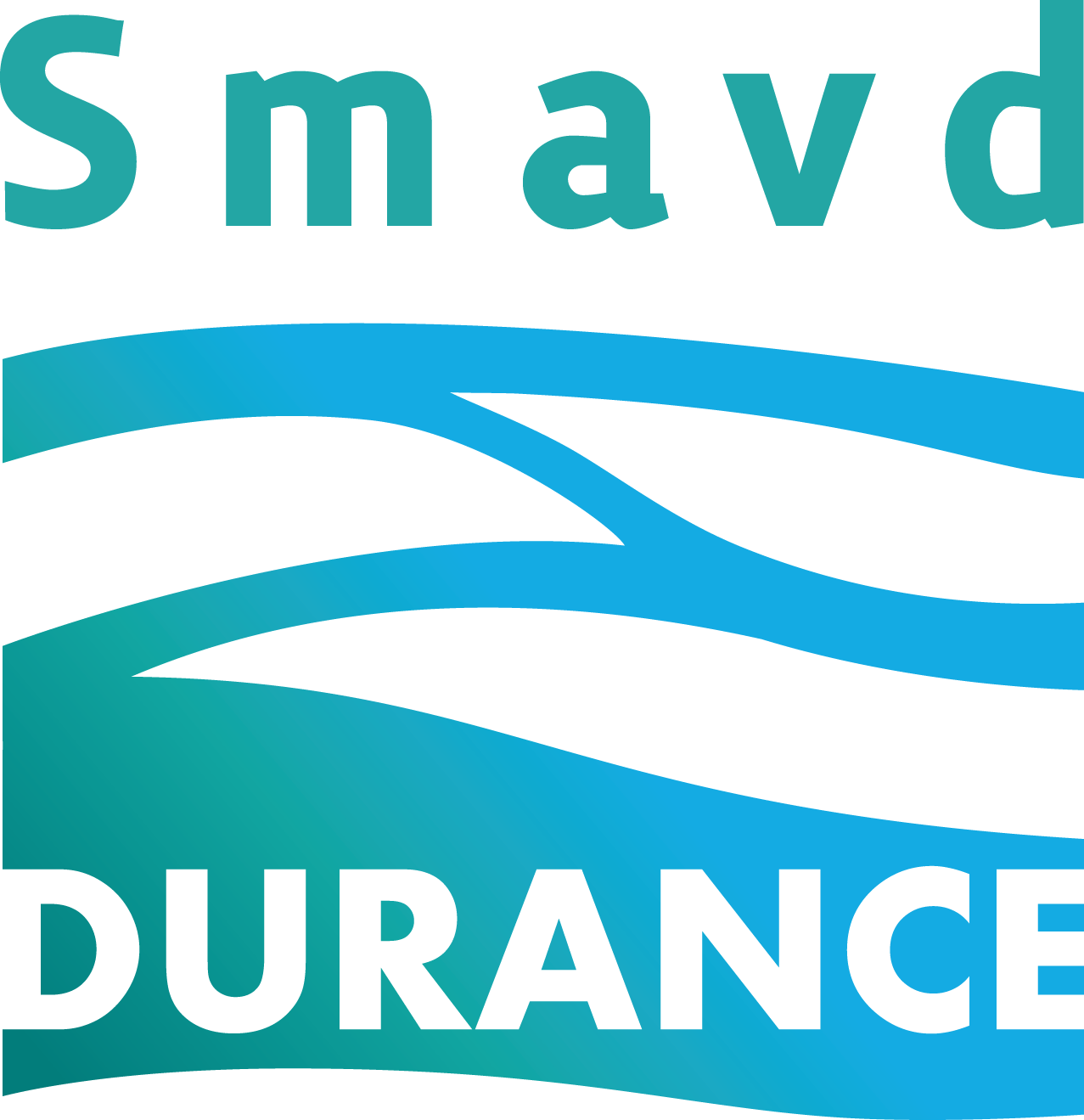
Raising the awareness of the various stakeholders in the Durance watershed to the effects of climate change is essential. The appropriation of these subjects by a non-specialist public requires the deployment of specific human resources (climate ambassadors), whose missions will be articulated around:
- the definition of an awareness-raising, communication and scientific popularisation strategy on water, climate change and its inclusion in the decision-making process
- the development of popularisation materials
- the organisation and implementation of actions adapted to the different territories and different types of public, in the form of workshops, seminars and exhibitions.
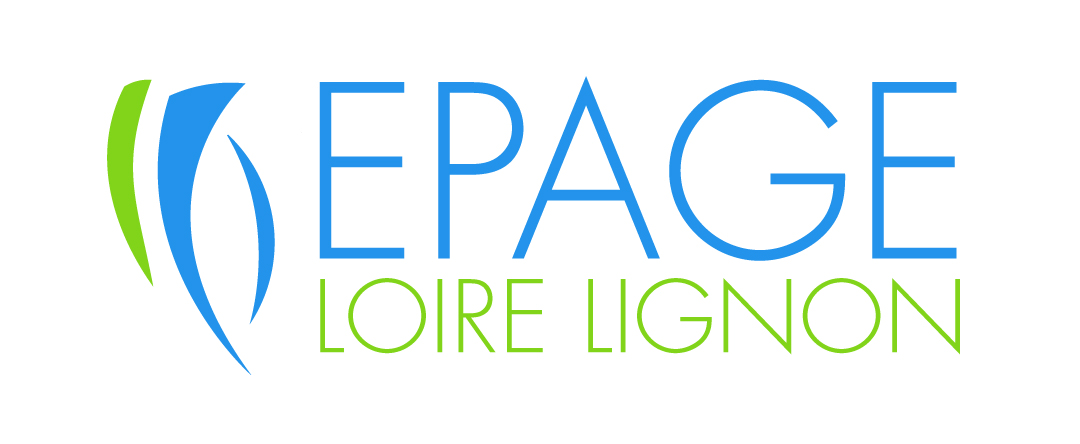
The EPAGE Loire Lignon will set up information sessions on climate change and its impact on water resources. Experts on the subject will speak in different formats: intervention in the CLE, more technical meetings with the water managers in the territory, meetings for the general public with film debates or during theme days or events for the general public. Furthermore, communication will be carried out on the issues of climate change through different media: on the basis of scientific elements provided by experts and researchers, the EPAGE Loire Lignon will propose articles popularising the information for the general public, schoolchildren and elected representatives (municipal and inter-municipal magazines, websites, newsletters, local press, etc.).

Project owners will be supported in developing the water components of SCoTs to encourage the integration of nature in the city and ensure the sustainability of water supply and sanitation in the project for territorial development.
A "water and development" commission of the CLE will make it possible to raise the awareness of stakeholders in urban planning, agriculture and land management to the need to take water into consideration in their projects in order to involve them in sustainable actions.
Support will be provided to GEMAPI project owners in their actions to restore river basins and to prevent flooding (soft techniques, etc.) in order to reduce the vulnerability of territories to climate change. Partnerships will be initiated with professional agricultural organisations to promote a transition to an agriculture that is more resilient and adapted to climate change.

To anticipate the impacts of global change and ensure the sustainability of human activities and ecosystems in the territory, the SMBVLB will conduct a local prospective study in order to define a concerted strategy for adaptation to climate change. The project will have to be shared by all stakeholders and present concrete and pragmatic courses of action. This means that they must be technically, financially and politically achievable, with the development of dedicated communication materials. Working groups will be established and may be co-led by external partners (e.g. INRAE, Tourist Office, Chamber of Agriculture, etc.).
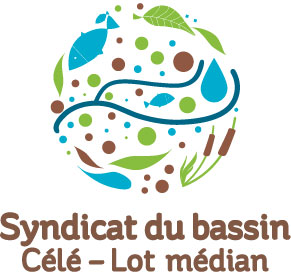
The Syndicat mixte Célé - Lot médian will organise a group operation to install rainwater harvesting systems. It will have an ecological benefit with the reduction of drinking water withdrawals, notably in periods of pressure on the resource and will allow the population to continue to be aware of the need to preserve the resource.
=> The installation of the rainwater recovery systems began in September 2022 on the Quézac site.
A census and an evaluation of the practices of grassland farms best adapted to the local context and to the consequences of climate change (rotational grazing, adaptation of grazing periods to make better use of grass, barn drying, etc.) are in progress, and the results will be disseminated locally through technical meetings or individual advice in order to encourage their appropriation by farmers in the territory.
A diagnosis of 4 water bodies will be carried out, and, from there, prioritised action programmes will be defined according to local needs, then the identified improvements will be carried out. The implementation of this action will require a work of animation with the owners of water bodies, the local stakeholders needing this resource, the services of the State...
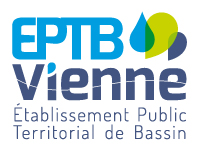
Based on the results obtained in the climate projection for 2030 and 2050, refined at the scale of the Vienne river basin, an approach to help adapt to climate change will be established by the EPTB Vienne. In particular, a method will be proposed to help the stakeholders in the territory, particularly the Etablissements Publics de Coopération Intercommunale (Public Establishments for Intercommunal Cooperation - EPCI), in order to define and implement a concrete programme of action for adaptation to climate change, which will specify the nature and cost of the operations required as well as the funding that can be mobilised.

